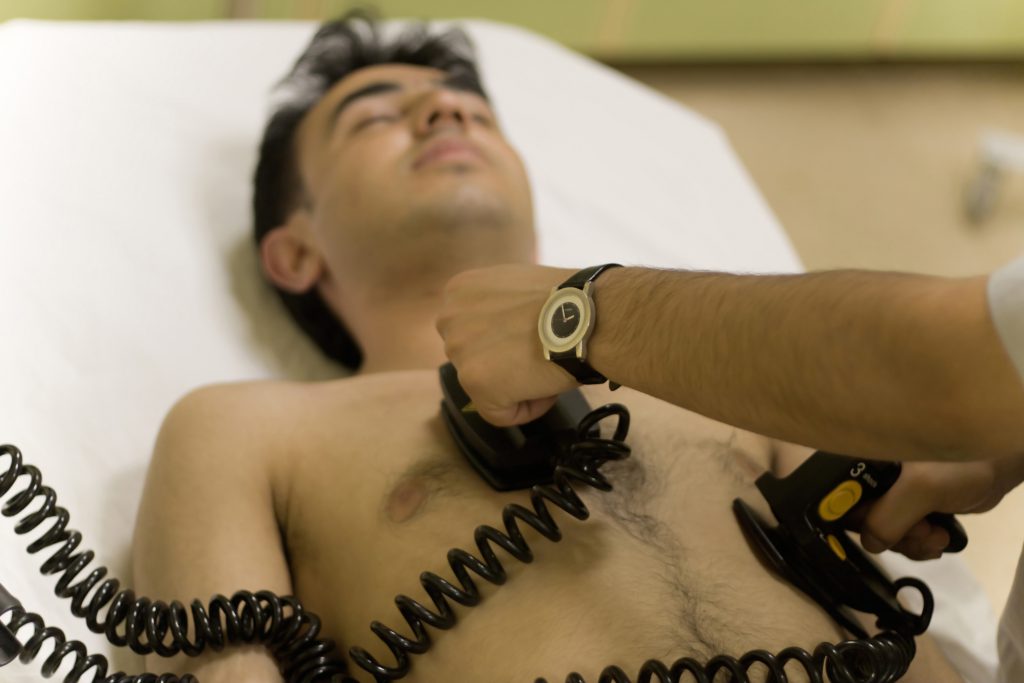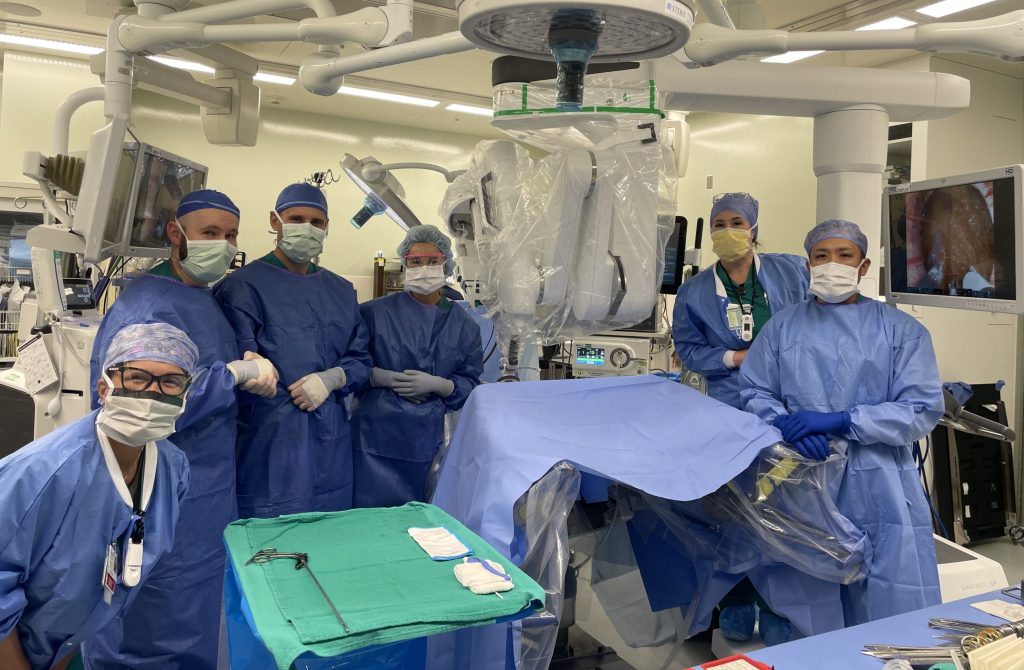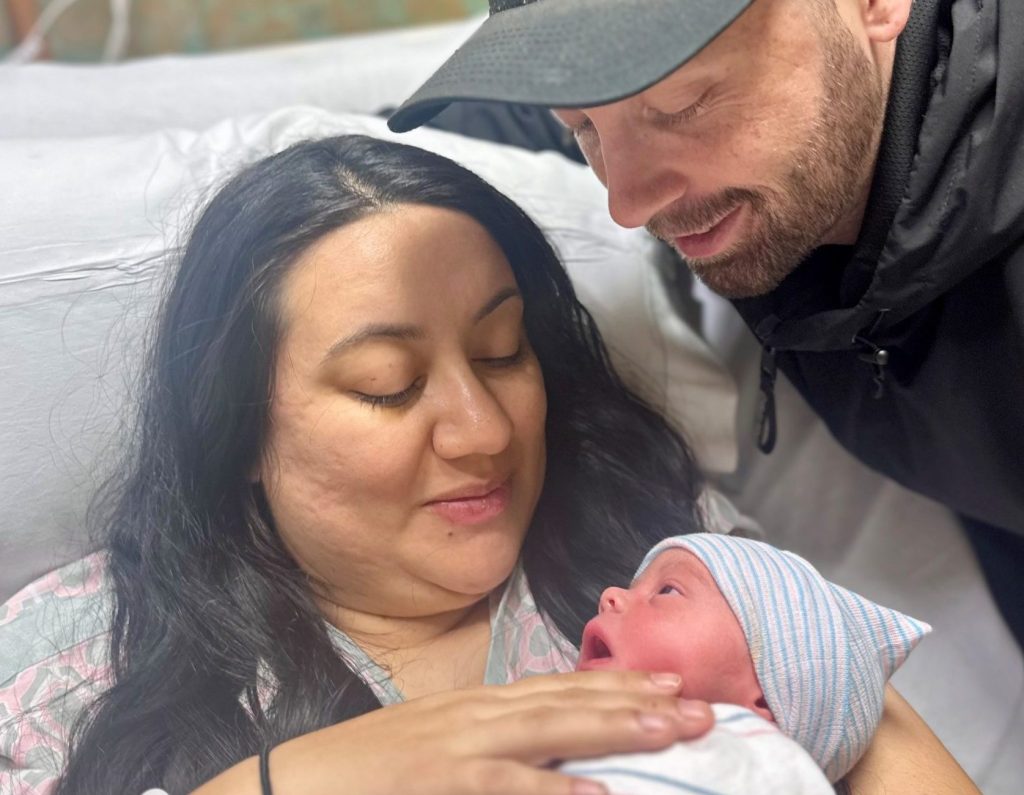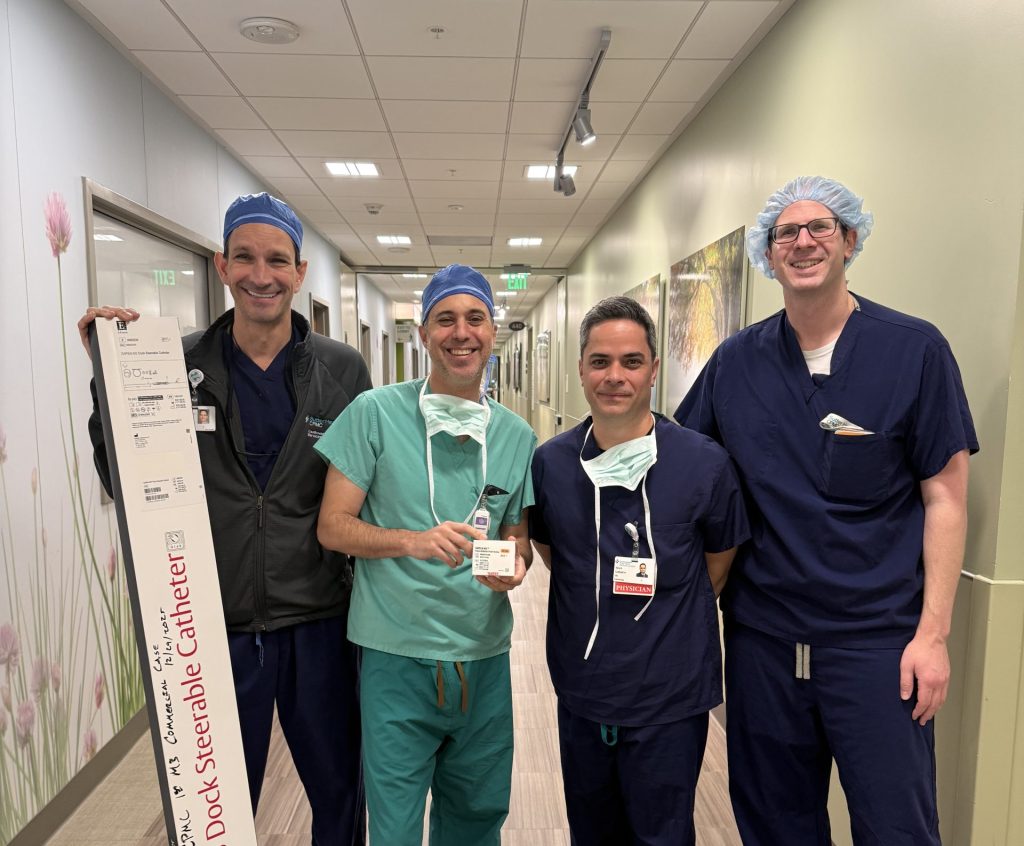A leading Northern California interventional cardiologist debunks the common speculation that NFL safety Damar Hamlin’s cardiac arrest was a case of a very rare phenomenon called “commotio cordis.”
It was during the first quarter of the Bills’ Monday night game when Hamlin, 24, tackled a Bengals receiver whose shoulder collided with Hamlin’s chest. Hamlin stood up after the tackle but collapsed seconds later and was unresponsive even after treatment. Every case of cardiac arrest is different, and the exact cause of Hamlin’s cardiac arrest has not been confirmed.
Dr. David Roberts, medical director of the Sutter Heart & Vascular Institute in Sacramento, says that because Hamlin got up right after being hit and then received immediate CPR suggests that Hamlin’s cardiac arrest was not commotio cordis.
“Commotio cordis is where if you get a hit to the heart, right at a certain point in the cardiac cycle where the heart is resynchronizing, the heart stops,” Dr. Roberts explains. “It’s a considerably rare condition, but it’s a known condition.”
Dr. Roberts says the first sign that this probably was not commotio cordis is that, after Hamlin took the hit, he stood back up.
“With commotio cordis, it’s something that happens immediately, so you wouldn’t expect them to be able to get up,” he says.
Then, with immediate medical care, which Hamlin received, he would’ve likely recovered within just a matter of a couple of minutes, Dr. Roberts says. Hamlin has been in critical condition in a hospital intensive care unit since his cardiac arrest.

Dr. Roberts is calling for AEDs to be accessible at all sporting events and practices. They are easy for the average person to use, he says. “So many of these cardiac conditions can be resolved with a shock, which is why you’ll see those defibrillator units in gyms, at NBA arenas and football stadiums. It’s such an important part of our emergency delivery system to have these readily available.”
“If you put a defibrillator to the heart and shock the heart, it usually comes back right away,” Dr. Roberts says. “And that happens within a minute or two of someone being resuscitated. They’ll wake up, walk, look at you and they’ll be fine.”
Dr. Roberts speculates that what may have happened was a cardiomyopathy or myocarditis, where the heart is dilated and inflamed from a viral infection.
“It’s really unlikely at age 24, with the kind of screening that we have, that Damar would have coronary disease and a heart attack,” Dr. Roberts said. “Someone who goes down like this and takes so long to resuscitate, something tells me that there’s something underlying that’s not right. That’s why it may be cardiomyopathy.”
With the emphasis on commotio cordis and cardiac arrest in general, Dr. Roberts is stressing that a defibrillator, also known as an AED, is present at all sporting events and practices.
“You want to have blood flow to the brain within three to five minutes, and that’s where CPR plays a vital role,” Dr. Roberts says. “So many of these cardiac conditions can be resolved with a shock, which is why you’ll see those defibrillator units in gyms, at NBA arenas and football stadiums. It’s such an important part of our emergency delivery system to have these readily available.”
He also says they have gotten very sophisticated and easy to use.
“You take the paddles, put them across the chest, and then you turn the machine on,” he says. “If there is an irregular heartbeat, the machine will detect it and shock the heart automatically. And very often, that’s all you need to do.”
On Thursday, Jan. 5, the Buffalo Bills wrote in a tweet that Hamilin remains critically ill but that his health is improving.





